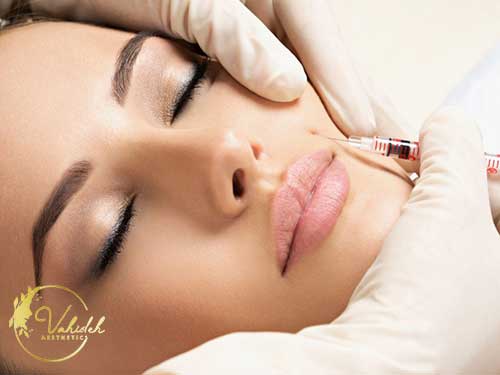
Nasolabial folds play a role in facial expressions, particularly smiles and laughter.
The prominence of nasolabial folds can contribute to a person’s unique facial features and identity.
What is nasolabial fold?
Nasolabial folds, often called “smile lines” or “laugh lines,” are the natural creases that extend from the sides of your nose to the corners of your mouth. They’re a normal part of facial anatomy and become more noticeable with age.
Why do nasolabial folds become more prominent with age?
As we age, our skin loses collagen and elastin, two proteins that give it structure and elasticity. This loss of volume and support can lead to deeper nasolabial folds. Other factors that can contribute to their prominence include:
Sun exposure: UV rays from the sun can damage collagen and elastin, accelerating the aging process.
Smoking: Smoking can also damage collagen and elastin, leading to premature aging and deeper nasolabial folds.
Genetics: Some people are genetically predisposed to having more prominent nasolabial folds.
Weight loss: Significant weight loss can lead to sagging skin, which can make nasolabial folds more noticeable.
Are nasolabial folds a cause for concern?
Nasolabial folds are a normal part of aging and don’t usually pose any health risks. However, some people may find them aesthetically unappealing and seek ways to reduce their appearance.
Treatment step-by-step
Consultation
- You’ll have a consultation with a qualified healthcare provider (like a dermatologist, plastic surgeon, or experienced medical aesthetician).
- They’ll discuss your goals, medical history, and assess your suitability for the chosen treatment.
- They’ll explain the procedure, potential risks, and expected results in detail.
Treatment
- The treatment area will be cleaned and disinfected.
- A topical anesthetic cream may be applied to numb the area.
- The healthcare provider will inject hyaluronic acid filler into specific points along the nasolabial fold using a fine needle or cannula.
- They may gently massage the area to distribute the filler evenly.
Final Assessment
The healthcare provider will assess the results and make any necessary adjustments, especially with fillers.
Aftercare
You’ll receive specific instructions on how to care for the treated area:
- Avoid strenuous activity, applying makeup, or touching the area for a certain period (varies by treatment).
- Apply ice packs to reduce swelling (for filler treatments).
- Take any prescribed pain medication as directed.
- Use sunscreen and moisturizer as recommended.

